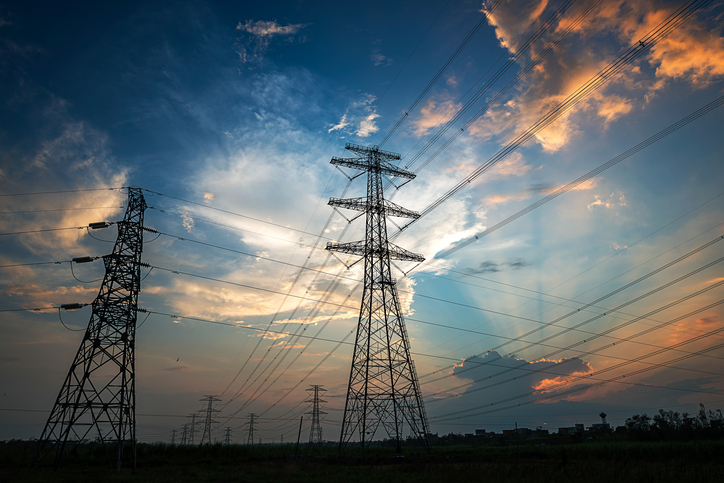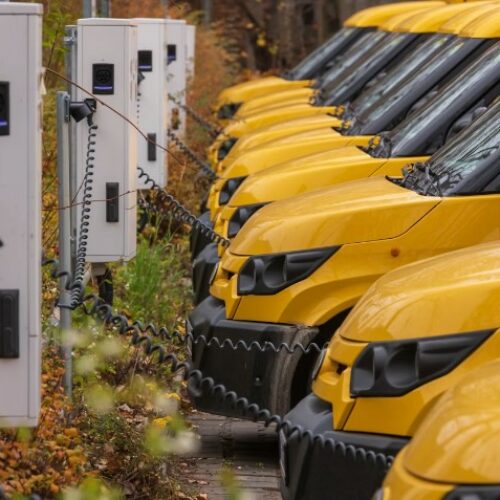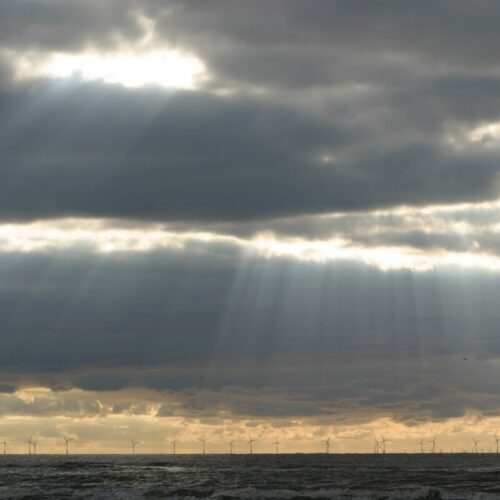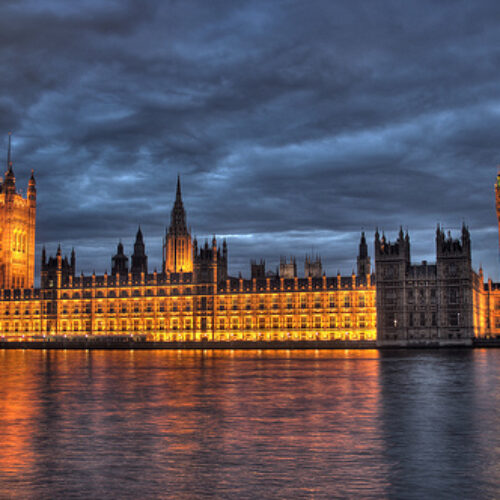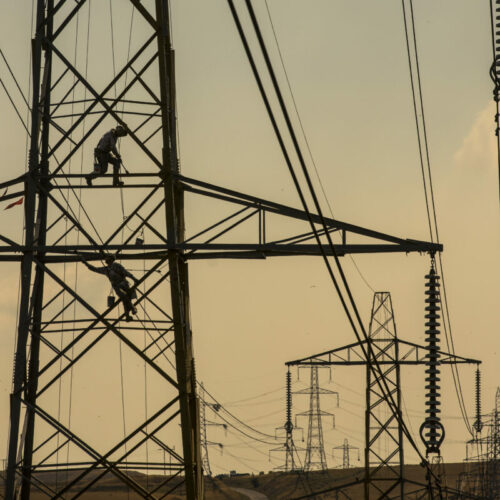2022 has been a year marked by volatility. From politics to power prices, challenges — and opportunities — have been thrown at the clean energy sector in Britain and beyond.
As concern over surging power prices grew throughout the last year, the energy crisis has led to the introduction of the Energy Price Guarantee and Energy Bills Support Scheme, as well as other government mechanisms, as bill doubled year-on-year due to high gas prices.
While the government and industry have scrabbled to put short-term measures in place, many have also looked to the long-term energy security of the country with the Energy Security Bill for example, introduced in July.
Key to bolstering the country’s resilience and providing a cushion from further crisis is expanding domestic green energy production. There have been a number of significant wins in this regard over 2022, including the record low prices obtained during the Contracts for Difference auction, and – more recently – the removal of the de-facto ban on onshore wind.
At the end of 2021, we asked key energy industry professionals what their predictions for 2022 were, but have any come close?
Volatility persists, but levels exceed expectations
One prediction made by a number of experts last year that has certainly rung true is the continuation in price volatility throughout 2022.
“We can expect current trends of high, volatile energy prices to continue. The underlying issues driving international gas price spikes have not gone away,” predicted Steven Meersman, co-founder and director of Zenobē last year.
However, this has been even greater than expected due to the impact of the Russian invasion of Ukraine and its effect on energy security. Earlier in December, EPEX Day Ahead prices jumped to £2,585.8/MWh, while a £6,000/MWh bid was accepted in the Balancing Mechanism, highlighting the extremes we have seen.
Following on from the continued volatility, several participants in last year’s Current± Predicts suggested there would reform in response to the high number of supplier collapses.
“The energy retail market will emerge from a difficult winter with the opportunity to re-shape the role that the sector can play in reaching net zero,” suggested Dr Rebecca Heaton, director of sustainability, OVO.
“2022 will be a once in a generation opportunity to reform regulation and return stability to the market so suppliers can play a broader role in accelerating the net zero transition by offering energy tariffs, products and services at scale that support consumers to decarbonise their home energy use.”
Certainly Ofgem did introduce a number of measures such as stress tests of suppliers. Beyond this, the Government launched a “once in a generation” consultation in July with the Review of Electricity Market Arrangements (REMA), which has the potential to lead to the biggest shake up of the UK’s energy system for decades.
One interesting prediction last year came from Doug Stewart, chief executive of GEUK, who suggested that the price cap would be removed.
“The government will tire of being ‘responsible’ for energy prices as its ‘Kanute style’ policies fail to constrain the effects of international wholesale prices. The price cap will either be removed in 2022 or there will be a distancing of government policy from pricing throughout 2022 to facilitate a smooth political removal in 2023,” suggested Stewart.
While the cap hasn’t been removed, the introduction of the Energy Price Guarantee has superseded its role with regards consumer bills. Given this distancing, could we see further action against the cap in the coming year?
EVs: Continued growth of vehicles and infrastructure
While the strain of the energy crisis has been felt throughout all segments of society, it has acted to spur the transition to green technologies in many ways.
This includes the continued adoption of EVs and with it the rollout of EV infrastructure at pace. For example, as of November there were 36,752 EV chargers across the UK according to Zap-Map, supporting the increase in sales of BEVs by 35.2% from last year.
“The huge increase in EV adoption has seen queues starting to form at more traditional EV infrastructure assets,” said Ian Johnson, CEO of Osprey Charging last year.
“The race is therefore now on to deliver sites with a much greater number of chargers, with higher-power charging speeds, whilst an increasingly complex and competitive land grab for grid is played out. Innovation in infrastructure will be key, and 2022 will see hardware manufacturers and charging networks launching new technologies in load balancing, dynamic charging and battery back-ups to try to edge ahead of the competition.”
Storage boom: Sector surges as optimisation becomes key
Another area to see significant growth over the last year is the energy storage sector. With the high volatility has come increased opportunities for the sector, which has been able to take advantage of the high power prices to drive continued expansion.
This was predicted by a number of our experts last year, including Ed Sargent, business development director at Pivot Power for example, who suggested we’d see a 175% increase in deployment of storage projects compared to 2021.
The sentiment was echoed by Ed Porter, commercial director, Invinity, who said:
“What a year for energy storage, third-party expectations have been smashed in 2021 (between dynamic containment (DC) and wholesale trading returns) and I’d expect this to continue at least into H1 2022 (with DC falling off as expected). The question is, what do asset owners do with those returns, consolidate, build, reward shareholders? I think we’ll see people double down on storage build, especially in longer duration categories, and hit 4GW of battery storage by 2023.”
The Current± Predicts series will return for 2023, with a host of energy experts already lined-up to take part. Want to put your crystal ball to the test? Get in touch with [email protected] to find out about how to take part
